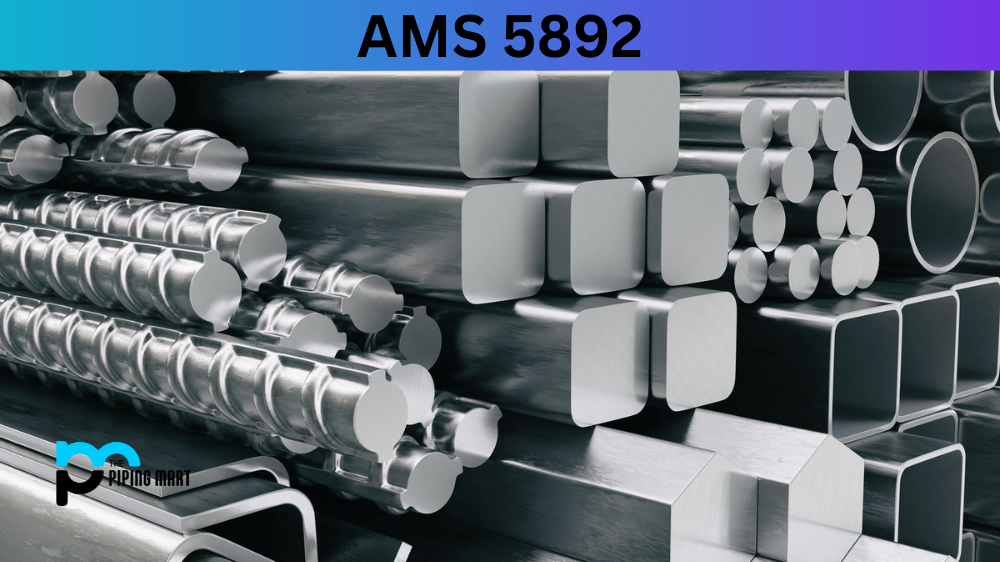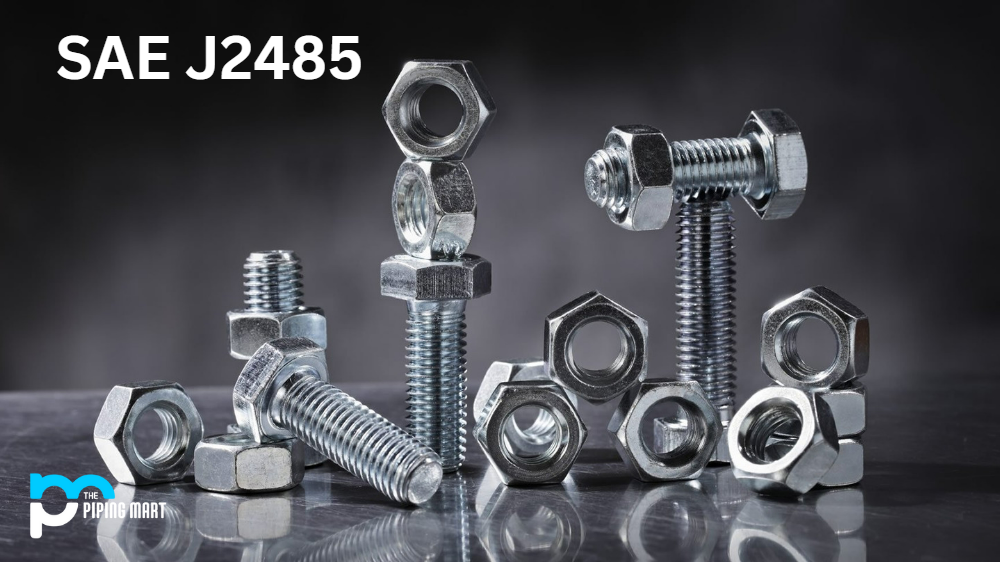UNS K92580 is a popular metal alloy known for its strength and durability. It is widely used in various industries, including aerospace, defence, and automotive. However, despite its widespread use, many people still need to become familiar with its properties, making it challenging to determine its suitability for different applications. This post will look in-depth at UNS K92580, including its composition, physical and mechanical properties, uses, hardness, heat treatment, welding, and corrosion resistance.
UNS K92580 Composition
UNS K92580 is a high-strength nickel-cobalt-chromium-molybdenum-tungsten alloy. This high-performance alloy has a chemical composition comprising 19% nickel, 15% cobalt, 14% chromium, 5.5% molybdenum, and 3.5% tungsten. The alloy offers remarkable strength, good ductility, and excellent resistance to wear and tear.
| Chemical Composition Limits | ||||||
| Weight% | C | Ni | Co | Cr | Mo | Fe |
| AerMet® 100 | 0.21-0.25 | 11-12 | 13-14 | 2.9-3.3 | 1.1-1.3 | Bal |
UNS K92580 Physical Properties
UNS K92580 has excellent physical properties. It has a density of 8.19g/cm³, a melting point of 1380°C, and a boiling point of 3048°C. The thermal conductivity of UNS K92580 at room temperature is approximately 13.3 W/mK. The alloy is non-magnetic, making it ideal for applications requiring non-magnetic properties.
UNS K92580 Mechanical Properties
UNS K92580 offers excellent mechanical properties. It has a minimum tensile strength of 950 MPa and a minimum yield strength of 550 MPa. The alloy has a high hardness level, with its minimum Rockwell hardness being 44 HRC. UNS K92580 is known for its exceptional fatigue strength, making it ideal for high-stress applications.
| Material | Tensile Strength MPa | Yield Strength Mpa | Elongation (%) | Reduction of Area % | Hardness HRC |
| AerMet® 100 Longitudinal * |
1931 | 1620 | 10 | 55 | 53 |
| AerMet® 100 Transverse * |
1931 | 1620 | 8 | 45 | |
| AerMet® 100 Longitudinal** |
1965 | 1724 | 14 | 65 | |
| AerMet® 100 Transverse** |
1965 | 1724 | 13 | 55 |
UNS K92580 Uses
UNS K92580 has a wide range of uses in various industries. Its high strength and durability make it perfect for applications involving high stress and extreme temperatures. It is commonly used in aerospace, nuclear power plants, chemical plants, and defence industries. UNS K92580 is also used to manufacture industrial gas turbines requiring high-strength alloys for efficient operations.
UNS K92580 Hardness
UNS K92580 has a good hardness level, making it ideal for applications requiring high-strength alloys. The alloy’s minimum Rockwell hardness is 44 HRC, and it can achieve a maximum hardness level of 60 HRC through heat treatment.
UNS K92580 Heat Treatment
UNS K92580 can be strengthened through heat treatment. The alloy can be annealed at 1100 – 1200°C and quenched in water or brine. The alloy can also be aged at 700-800°C for four hours to improve its tensile strength.
UNS K92580 Welding
Welding UNS K92580 can be challenging due to its high-strength properties. However, the alloy can be welded using conventional methods, including gas tungsten arc welding (GTAW) and gas metal arc welding (GMAW). Preheating the material before welding helps to minimize cracking. Post-weld heat treatment is also recommended to improve the strength of the welded joint.
UNS K92580 Corrosion Resistant
UNS K92580 is highly resistant to corrosion and oxidation, making it perfect for use in harsh environments. The alloy is highly resistant to acids, alkaline solutions, and high-temperature environments. Its excellent corrosion resistance also makes it ideal for use in marine applications.
Conclusion:
UNS K92580 is a high-strength alloy with exceptional physical and mechanical properties. It is commonly used in various industries, including aerospace, defence, and automotive. The alloy is highly resistant to wear and tear, corrosion, and oxidation, making it ideal for harsh environments. Its high strength and durability make it suitable for high-stress applications that require non-magnetic properties. Understanding its chemical composition, physical and mechanical properties uses, hardness, heat treatment, welding, and corrosion resistance will help determine its suitability for different applications.

Meet Bhavesh, a seasoned blogger with a wealth of knowledge and experience. From metal products manufacturing to retail, Bhavesh has a diverse background in various industries and is dedicated to sharing his insights and expertise with readers.




